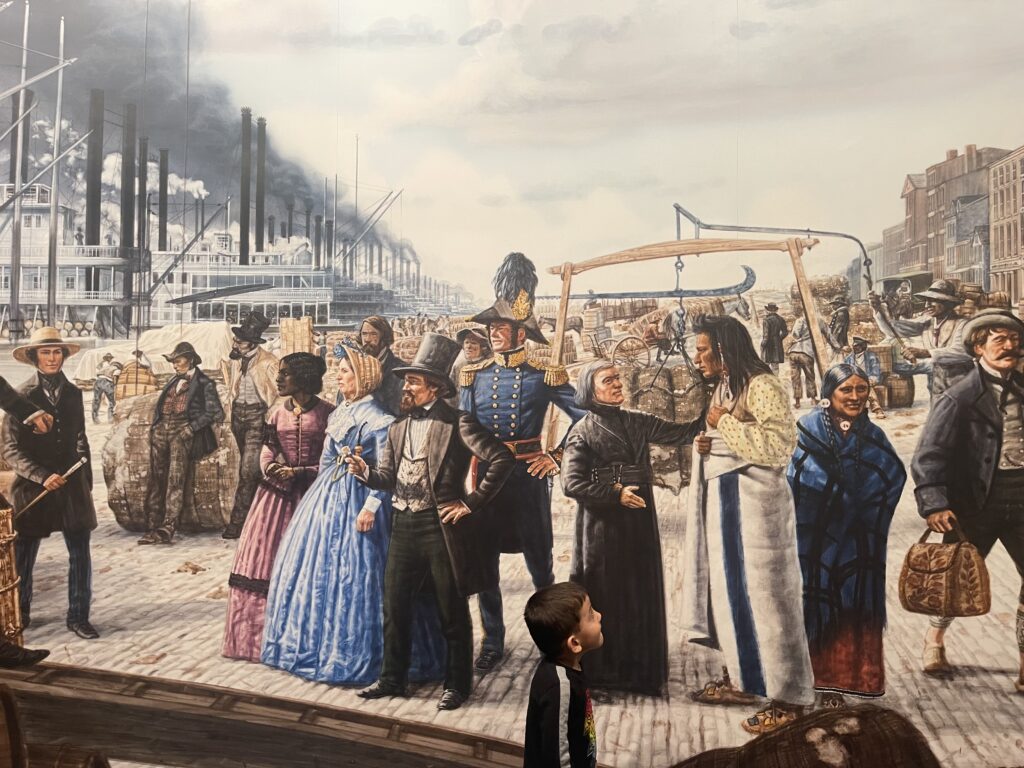Introduction
Family history research is a fulfilling journey that connects us with our ancestors and gives us a sense of identity and belonging. Whether you’re interested in learning more about your roots or discovering fascinating historical facts, tracing your family history can open doors to personal stories and uncovering your past. In this guide, we will provide you with clear and actionable steps on how to start tracing your family history, from gathering information to utilizing online resources and building a family tree.

Why Tracing Family History is Important
Tracing your family history goes beyond simply filling in names and dates. It’s about connecting to your personal history, learning about the people who shaped your life, and understanding how they’ve influenced who you are today. Researching your genealogy can also lead to health insights, like identifying genetic conditions that may run in your family. Additionally, it can provide valuable social and emotional benefits, such as reconnecting with distant relatives or preserving family stories for future generations. Understanding your ancestors’ struggles, achievements, and legacies gives you a sense of pride and connection to your heritage.
Step 1: Gather Information from Family Members
The first step in genealogical research is gathering information from living relatives. Start by asking parents, grandparents, and older relatives about their memories, family names, birthdates, marriages, and any interesting stories or family traditions. Ask questions like, “What do you know about our ancestors?” or “Where did our family come from?” Record these conversations and make sure to document everything you’re told. The more information you can gather, the easier it will be to build your family tree. Don’t forget to ask for old photographs, letters, or family records, as they can provide invaluable insights and clues to your research.
Step 2: Organize the Data You Have Collected
Once you’ve collected information from family members, the next step is to organize it. Creating a family tree can help you visualize the information you’ve gathered. You can use traditional methods like pen and paper or digital tools like family tree software. There are several genealogy apps and websites, such as Ancestry or FamilySearch, that offer templates to build your family tree online. Organizing your findings ensures you don’t miss any important details and provides you with a clear structure as you begin adding new data to your tree. Make sure to include sources for every piece of information, such as census records or birth certificates, to ensure the accuracy of your research.
Step 3: Search Online Resources
Now that you have gathered information and organized it, the next step is to begin searching online resources for additional records. Websites like FamilySearch, Ancestry, and MyHeritage provide vast databases that include birth and death records, marriage licenses, census data, and immigration documents. Start by searching for family names or locations to uncover records that support or expand the information you’ve collected. These websites often offer free trials or limited access, so take advantage of their tools and features to dive deeper into your family’s past. Using these online databases can help fill in gaps and provide concrete evidence to validate your findings.
Step 4: Visit Local Libraries and Archives
While online databases are a great resource, sometimes the most valuable family history records are found in physical archives or local libraries. Local genealogical societies, courthouses, or state archives may have unique resources that aren’t digitized. These can include old church records, land deeds, wills, and even family heirlooms passed down through generations. Many libraries offer genealogy services or workshops, so check with your local library for more information. You can also reach out to historical societies or museums in the area where your ancestors lived for more specialized resources.
Step 5: Organize Your Findings and Build Your Family Tree
With a combination of family interviews, online research, and offline records, you’ll start to piece together your family tree. Now is the time to compile everything you’ve learned and continue building out your tree with new connections. Be sure to take note of significant milestones like births, deaths, marriages, and migrations that can add depth to your story. You can also track the locations and historical contexts of these events, making your tree a rich tapestry of history. When building your tree, include photographs, anecdotes, and memories passed down by family members to make it come to life. Software tools and online family tree platforms make it easier to add multimedia elements like pictures and audio files, turning your family tree into a multimedia experience.
Conclusion
Starting the journey of tracing your family history is a rewarding and enriching experience. By gathering family records, researching online databases, and visiting local archives, you can uncover fascinating stories and connect with generations that came before you. As you continue building your family tree, you’ll uncover more insights and perhaps find a deeper connection to your past than you ever imagined. Now is the time to start your genealogy journey and see where your family history can take you.